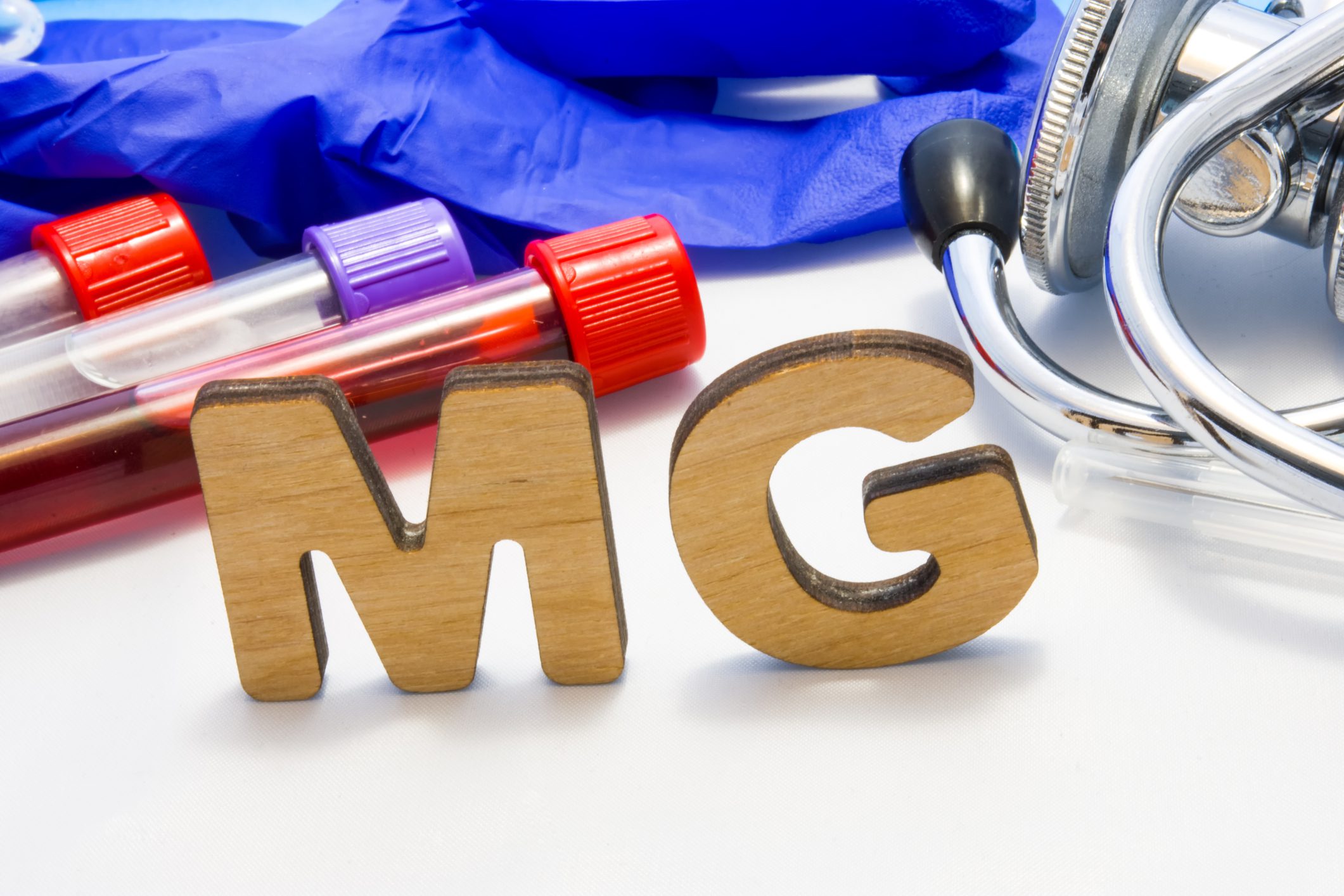Currently, there are two approved biologics for the treatment of CRS and polyposis nasi: dupilumab and omalizumab. However, several other therapeutic options are currently in development, some of which are expected to receive regulatory approval soon. Exactly what is in the pipeline and where these active ingredients come in was presented at the German Allergy Congress.
Dupilumab and omalizumab are highly effective, often seeing an effect after the first injection, both in terms of olfaction and nasal obstruction. Dr. Sven Becker from the Department of Otorhinolaryngology, Head and Neck Surgery at the University Hospital of Tübingen (D) reminded the audience that a prescription as an add-on preparation is important when determining the indication: If the patient was not previously on an intranasal steroid (INS), he or she is initially ruled out for this therapy. In the case of dupilumab for the treatment of severe CRSwNP (age >18) inadequately controlled with systemic corticosteroids and/or surgical intervention, for omalizumab for the treatment of severe CRSwNP in adults inadequately controlled with INS. Accordingly, evidence that the CRSwNP is severe (e.g., via a quality-of-life questionnaire) is equally essential.
A long, rocky road
Before these two biologics are joined by other therapeutic options, a long breath is needed from a research perspective. Success rates in drug development are relatively low, as Dr. Becker pointed out: Only about 1 in 10 development programs that start in phase 1 (all indications) ultimately make it to FDA approval. Success rates in phase 2 are already significantly lower than in phase 1, with just under a third making it to the next phase, and of the products in phase 3, another 40% fail and do not make it to approval.
Currently, 15 studies are in phase 3 for chronic rhinosinusitis with nasal polyps, six of which are on biologics – these are exclusively those substances that are already known, i.e. omalizumab, dupilumab and the interleukin-5 antagonists. There are currently 5 biologics trials in Phase 2 (out of a total of 13) and two trials in Phase 1 (out of a total of 5). Promising and already well advanced are currently studies on interleukin-5 (IL-5), which can be blocked with appropriate antibodies: in the area of free IL-5 with mepolizumab or reslizumab and as a receptor blockade on the surface of the eosinophil (IL-5-RA) with benralizumab.
Mepolizumab is the first anti-IL-5 biologic with positive results in phase 3, according to the manufacturer. Placebo-controlled testing was conducted for 52 weeks, and patients in both arms received intranasal corticosteroid as standard therapy. Primary endpoints were change in endonasal polyp score and change in nasal obstruction. Both primary end points were met (difference in endonasal polyp score -0.73, 95% CI -1.11, -0.34; in nasal obstruction -3.14, 95% CI -4.09, -2.18). “We therefore assume that we will also have this drug available in the very foreseeable future,” the expert said optimistically. In the case of benralizumab, the Phase 3 studies have basically already been completed. The OSTRO trial included 413 patients, the primary endpoints were the same as for mepolizumab and again both were met. Dr. Becker also assumes that approval will come next year.
Good results for IL-33
Blockade of free IL-33 with etokimab (ANB020) is being studied in a Phase 2 trial for atopic dermatitis and eosinophilic asthma. This study is already active but not yet recruited. In perspective, however, Dr. Becker sees an interesting target here because the IL-33 can be attacked very early in the cascade.
Also in phase 2 is an investigation into blockade of the prostaglandin D2 receptor on the surface of Th2 cells. A Phase 2 for eosinophilic asthma has already been run, where positive data were generated.
Beyond biologics, there are other, new approaches. GATA3 is an important transcription factor for Th2 differentiation. The DNAzyme is a substance that binds to the transcription factor, where it cuts the DNA and thus blocks differentiation into a Th2 cell. And in this way, all downstream pathways can then also be blocked. There are already positive results in phase 2 for asthma. The route of application for this is inhalation.
Swiss group working on IL-5 vaccine
There are also efforts to develop a vaccine against IL-5, and a Swiss research group has pioneered this effort [1]. Their approach: When Icelandic horses are transferred to mainland Europe, they get skin lesions due to a species of mosquito found only on the mainland. The lesions are mediated by a Th2 response via the eosinophils, which is controlled by IL-5. Scientists have spiked virus-like-particles with IL-5. This was used to vaccinate the horses – that is, against their own IL-5. The mechanism works in such a way that the horse’s own body produces the biologic to knock out the IL-5. Three vaccinations were given in January plus two more in mid-February. Clinical findings: The immune response mediated by IL-5 was significantly down-regulated by vaccination compared with placebo (Fig. 1) .

In summary, Dr. Becker emphasized that anti-IL-5 therapeutics will be a good addition to existing treatment options. “I think this is quite important, because not all patients respond to the preparations that have been approved so far. Preparations that follow a different mechanism can also take care of these patients in the future.”
Take-Home Messages
- To date, 2 biologics have been approved for CRSwNP (dupilumab and omalizumab).
- Different biologics for CRSwNP are in trials (phase 1-3).
- Approval for asthma and/or atopic dermatitis usually in advance
- Anti-IL-5 therapeutics (mepolizumab and benralizumab) are close to approval
- Expanding the spectrum of therapies for CRSwNP.
- New interesting approaches (DNAzyme/vaccine) are on their way to clinical trials
Source: Symposium “Biologics in CRSwNP (polyposis nasi)” at the German Allergy Congress 2020 in Wiesbaden (D), 25.09.2020.
Further reading:
- Fettelschoss-Gabriel A, et al: Treating insect-bite hypersensitivity in horses with active vaccination against IL-5. Journal of Allergy and Clinical Immunology 2018; 142(4): 1194-1205.e3; doi: 10.1016/j.jaci.2018.01.041.
InFo PNEUMOLOGY & ALLERGOLOGY 2020; 2(4): 29-30.












